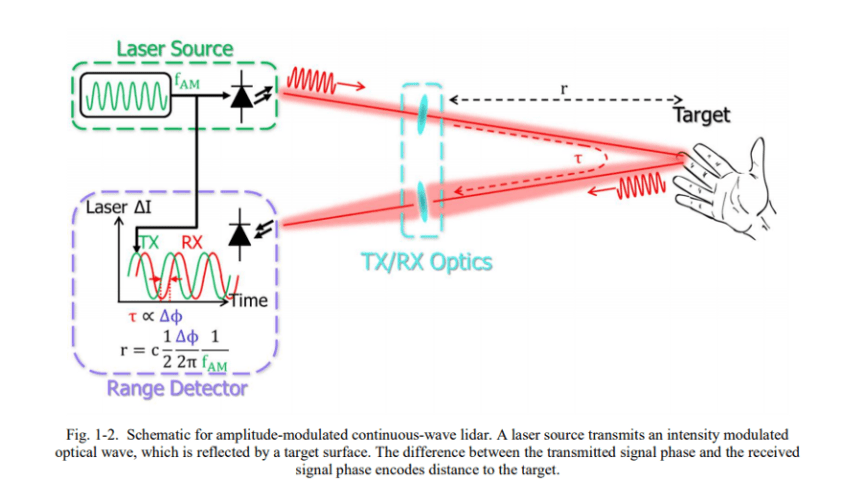The word lidar is the abbreviation for Light Detection and Ranging, which describes the technology in three words. Different pulses of light create a 3D map of the ground around the sensor. Lidar and FMCW have recently become dependable advancements in the industry despite being in existence for a while.
The frequency of the light streamed is sent out by the FMCW lidar, and it changes at different intervals. Due to this factor, it is possible to measure objects’ velocity and know where they are situated. In terms of long-haul trucking, FMCW lidar has numerous advantages compared to other lidar systems.
The Data of FMCW Lidar measures velocity instantly
For each data point, the accuracy of the velocity is provided by FMCW, unlike AM lidar. This factor enables it to keep track of the changes in the object position to velocity estimation.
The Aurora driver gets more time to navigate due to faster identification and tracking. To plan a better operation, the Aurora Driver needs to understand how objects move fast.

FMCW Lidar has Less Static
Factors like sensor crosstalk and solar loading affect traditional AM lidar, thus resulting in issues like reporting objects in the wrong location or don’t exist. More complex software, hardware, and increased computational power are required by vehicles operating with AM lidar to run these data artifacts.
Since these sensors have been individually customized to respond to their light pulses, such issues are not encountered by FMCW. Data points are filtered by FMCW in instances where the frequency, timing, and wavelength do not match the returning light. This aspect means the accuracy of object detection is guaranteed by FMCW while saving the software, hardware, and computational power consumed when reducing AM shortcomings.
FMCW Lidar Sees Farther
Even when driving on areas that don’t reflect much light, the Aurora sees clearly beyond 300 meters since FMCW lidar sensors have a better range performance. One factor that makes FMCW powerful is that its sensors detect small amounts of light since their sensors are photo-sensitive. FMCW also meets safety standards while broadcasting powerful light impulses. It is controlled at a waveband of 1550 nm. to safety and comfort, a huge difference can be made within seconds, mostly with massive vehicles driving at high speeds.
Compared to conventional AM pulsed lidar sensors, less optical power is used by FMCW lidar sensors, making it possible to produce numerous photonics components on a single chip. Manufacturing these chips in large quantities is very cost-effective, plus automated software calibrates them.
The FMCW lidar can handle unexpected obstacles because it has more time; thus, the driver of the Aurora sees farther. A huge difference can be made in a few seconds, especially with massive vehicles driving at very high speeds for safety and comfort.
In conclusion, despite this technology having a positive side, that does not mean it is free from any shortcomings. Lidar has difficulties distinguishing between moving and adverse objects, which is one of its main drawbacks.